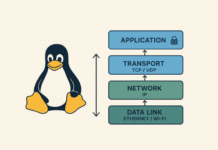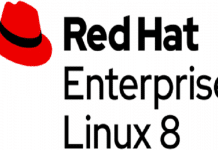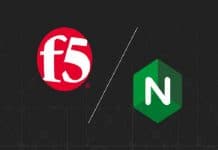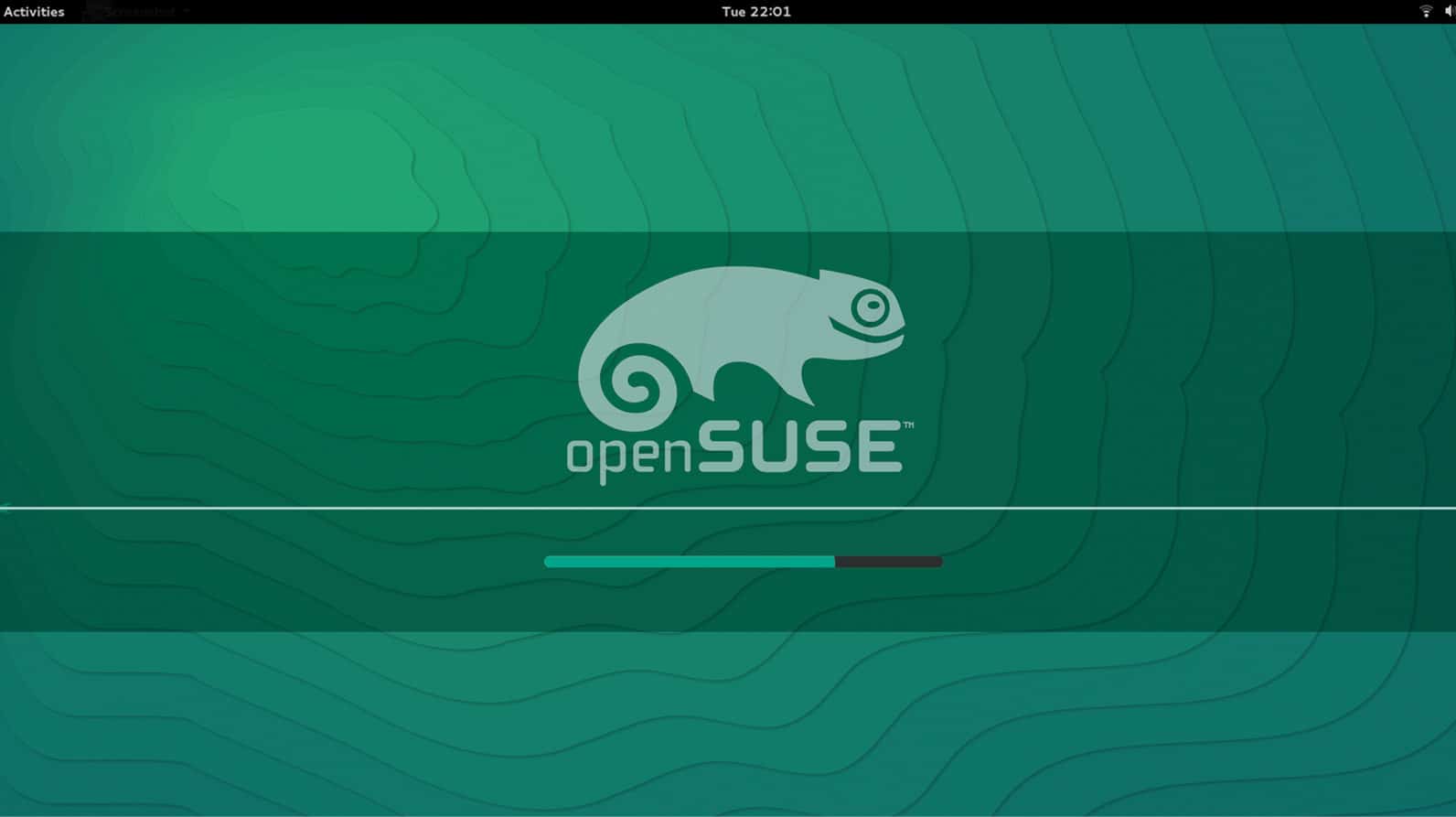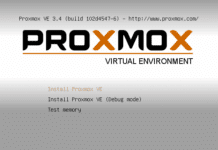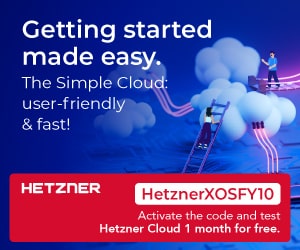Zero trust architecture that trusts nothing and no one is the order of the day. What’s great is that open source offers a range of tools to implement such architecture. Find out what these tools are, and how to put them to best use.
The traditional security model – a hardened perimeter protecting a trusted internal network – is crumbling. Cloud adoption, remote workforces, and sophisticated threats render the ‘castle-and-moat’ approach obsolete. As a result, zero trust architecture (ZTA), a paradigm shift demanding ‘never trust, always verify’ is becoming popular day by day. It assumes that threats can come from both outside and inside the network. Every request must be authenticated, authorised, and encrypted before being granted access—regardless of its origin.
The principle is simple: treat every user, device, and network flow as potentially hostile, requiring continuous authentication and authorisation. While often associated with expensive enterprise suites, ZTA is powerfully achievable using robust open source solutions.
Various open source software used to implement ZTA
Implementing ZTA rests on key pillars, each addressable with the kind of mature open source tools listed here.
- Keycloak from Red Hat is the powerhouse. It provides single sign-on (SSO), multi-factor authentication (MFA), identity federation (SAML, OIDC), and fine-grained authorisation (via policies).
- Pomerium is an identity-aware reverse proxy that provides secure access to internal applications without the need for corporate VPN. Pomerium integrates with various identity providers and enforces policies, ensuring that only authorised users can access specific resources.
- Osquery by Facebook/Meta is revolutionary. It exposes operating system data as a SQL database, enabling powerful queries to assess device state (patches, encryption, running processes).
- Cloudflare Access is part of Cloudflare’s zero trust platform and replaces traditional VPNs by securing applications with identity-based policies. It integrates with major identity providers and offers features like multi-factor authentication and logging.
- OpenZiti is a game-changer for ZTA networking. It creates secure, overlay networks (zero trust networks) where applications are hidden (dark) and access is granted only after stringent identity and context checks.
- Cilium leverages eBPF for highly granular, identity-aware network security policies within Kubernetes environments.
- Pritunl Zero is an open source BeyondCorp server that offers zero trust security for privileged access to SSH and web applications. It provides a user-friendly interface and integrates with various identity providers, enabling organisations to implement zero trust principles without significant complexity.
- ELK Stack (Elasticsearch, Logstash, Kibana) and PLG Stack (Promtail, Loki, Grafana) are essential for aggregating, analysing, and visualising logs and telemetry from all ZTA components (Keycloak, Wazuh, network devices, endpoints).
- Tailscale is built on WireGuard and creates a secure mesh network between your devices, simplifying the implementation of zero trust principles. It manages firewall rules and NAT traversal, allowing devices to communicate securely without exposing them to the public internet.
Apache Guacamole offers secure, browser-based remote access to desktops/applications without exposing RDP/SSH directly.
Implementation realities: Beyond the tools
Successfully deploying ZTA with OSS requires careful planning.
Start small: Pilot with a critical application or specific user group. Phased adoption is key.
Define clear policies: ZTA is policy-driven. Explicitly define who (identity), what (device), when, where, and how (application) access is granted before deploying tech.
Integration is crucial: The true power lies in making Keycloak, Wazuh, OpenZiti, and your monitoring stack work together. APIs and event-driven automation are vital.
Invest in skills: Open source demands expertise. Invest in training for your team or consider managed services from OSS-supporting vendors.
Culture shift: ZTA requires buy-in. Communicate the “why” clearly – it’s about enabling secure productivity, not just locking things down.
The open path to resilience
Implementing zero trust isn’t a product purchase — it’s the evolution of security. Open source solutions provide the powerful, flexible, and cost-effective building blocks needed to construct a true zero trust architecture. By leveraging tools like Keycloak for identity, Wazuh and Osquery for posture, OpenZiti for secure networking, and robust monitoring stacks, organisations can build dynamic, context-aware security that meets the challenges of the modern digital landscape. Embrace the open source journey towards ‘never trust, always verify’ – your security posture will be fundamentally stronger for it.




























